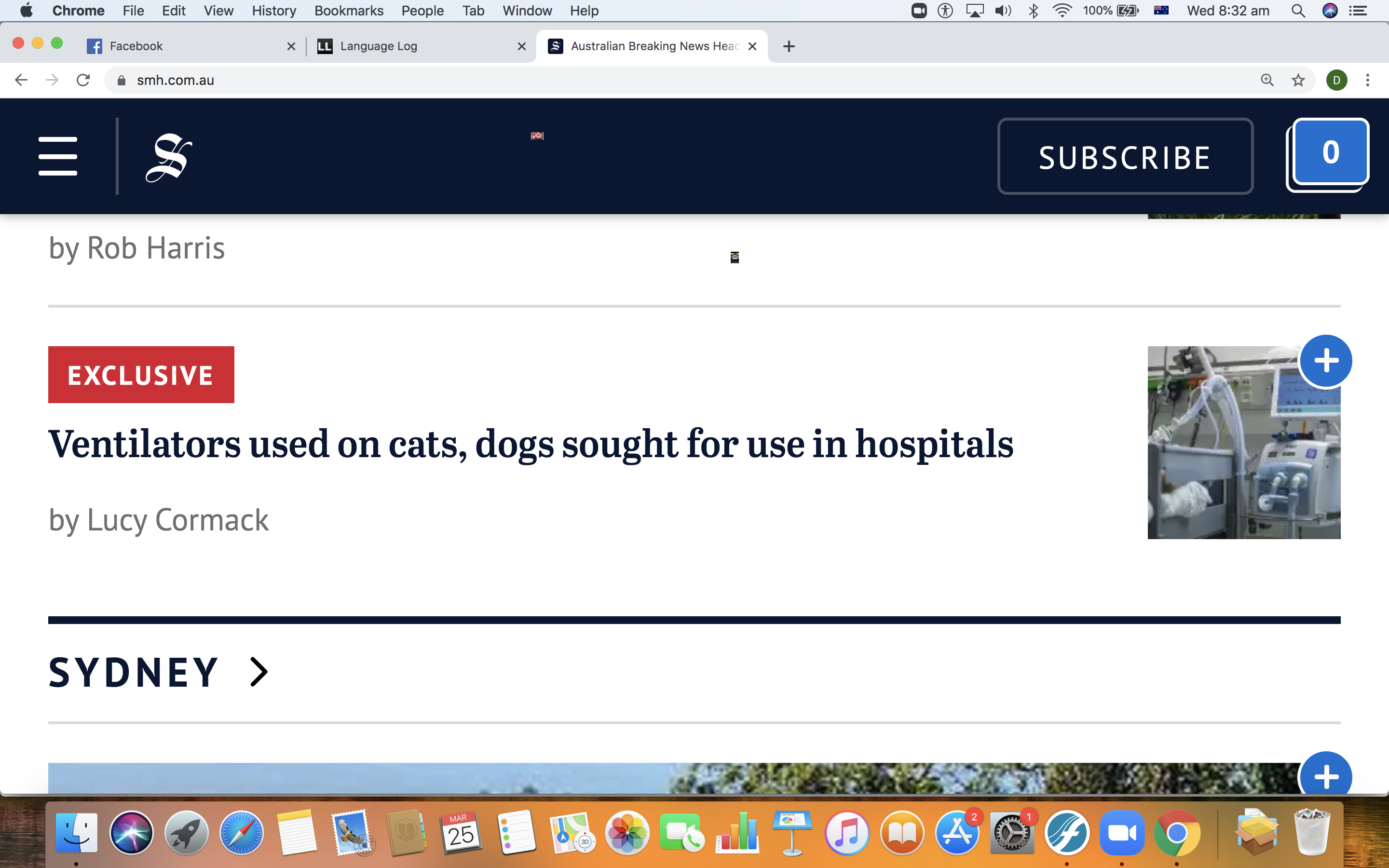GFOOEOPQ
This period of prudent isolation is a good time to remember that linguistic analysis applies not only to sound, structure, and sense, but also to social interaction. As the first in a series of posts on this topic, we feature Eve Armstrong's brilliant application of simulated annealing to a problem currently on hold, but sure to re-emerge in full force when our lives de-virtualize: "An Artificially-intelligent Means to Escape Discreetly from the Departmental Holiday Party; guide for the socially awkward" (4/1/2020)G:
We shall employ simulated annealing to identify the global solution of a dynamical model, to make a favorable impression upon colleagues at the departmental holiday party and then exit undetected as soon as possible. The procedure, “Gradual Freeze-out of an Optimal Estimation via Optimization of Parameter Quantification” – GFOOEOPQ, is designed for the socially awkward. The socially awkward among us possess little instinct for pulling off such a maneuver, and may benefit from a machine that can learn to do it for us.
Read the rest of this entry »
